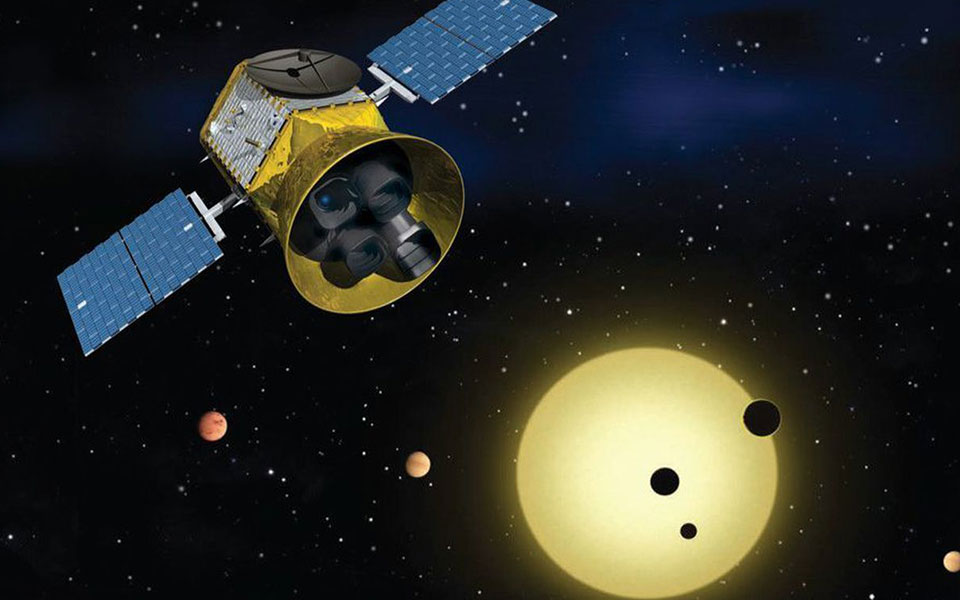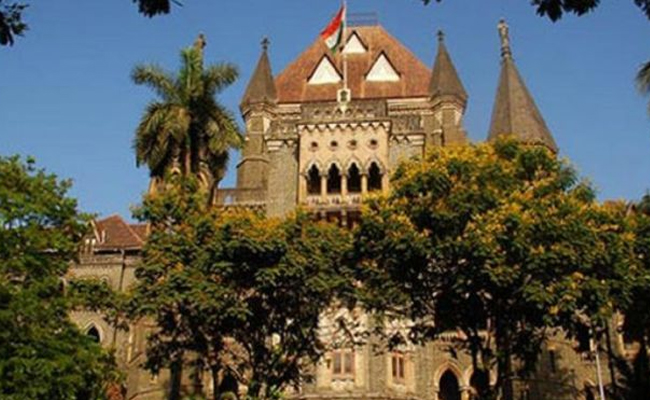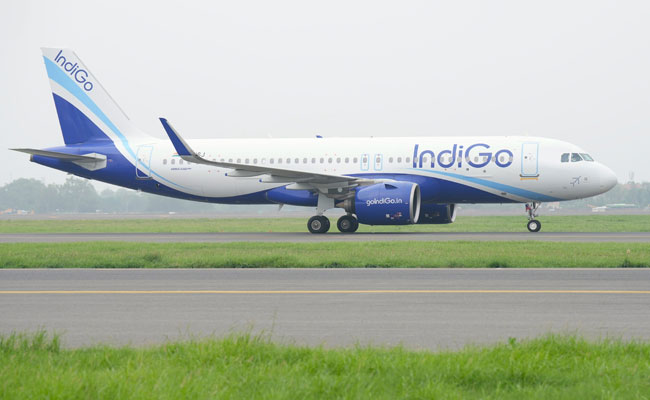TAMPA, UNITED STATES: NASA is poised to launch a $337 million washing machine-sized spacecraft that aims to vastly expand mankind's search for planets beyond our solar system, particularly closer, Earth-sized ones that might harbor life.
The Transiting Exoplanet Survey Satellite, or TESS, is scheduled to launch Monday at 6:32 pm (2232 GMT) atop a SpaceX Falcon 9 rocket from Cape Canaveral, Florida.
Its main goal over the next two years is to scan more than 200,000 of the brightest stars for signs of planets circling them and causing a dip in brightness known as a transit.
NASA predicts that TESS will discover 20,000 exoplanets -- or planets outside the solar system -- including more than 50 Earth-sized planets and up to 500 planets less than twice the size of Earth.
"They are going to be orbiting the nearest, brightest stars," Elisa Quintana, TESS scientist at NASA's Goddard Space Flight Center, told reporters on Sunday.
"We might even find planets that orbit stars that we can even see with the naked eye," she added.
"So in the next few years we might even be able to walk outside and point at a star and know that it has a planet. This is the future."
TESS is designed as a follow-on to the US space agency's Kepler spacecraft, which was the first of its kind and launched in 2009. Now, the aging spacecraft is low on fuel and near the end of its life.
Kepler found a massive trove of exoplanets by focusing on one patch of sky, which contained about 150,000 stars like the Sun.
The Kepler mission found 2,300 confirmed exoplanets and nearly 4,500 candidates. But many were too distant and dim to study further.
TESS, with its four advanced cameras, will scan an area that is 350 times larger, comprising 85 percent of the sky in the first two years alone.
"By looking at such a large section of the sky -- this kind of stellar real estate -- we open up the ability to cherry-pick the best stars to do follow up science," said Jenn Burt, a postdoctoral fellow at the Massachusetts Institute of Technology (MIT).
"On average the stars that TESS finds observes be 30-100 times brighter and 10 times closer than the stars that Kepler focused on."
Since TESS uses the same method as Kepler for finding potential planets, by tracking the dimming of light when a celestial body passes in front of a star, the next step is for ground-based and space telescopes to peer closer.
The Hubble Space Telescope and the James Webb Space telescope, scheduled to launch in 2020, should be able to reveal more about planets' mass, density and the makeup of their atmosphere.
"TESS forms a bridge from what we have learned about exoplanets to date and where we are headed in the future," said Jeff Volosin, TESS project manager at NASA's Goddard Space Flight Center.
By focusing on planets dozens to hundreds of light-years way, TESS should be a stepping stone to future breakthroughs, he said.
"With the hope that someday, in the next decades, we will be able to identify the potential for life to exist outside the solar system."
Weather was expected to be 80 percent favorable for launch.
Let the Truth be known. If you read VB and like VB, please be a VB Supporter and Help us deliver the Truth to one and all.
Panaji (PTI): The Bombay High Court on Monday converted a civil suit against Birch by Romeo Lane nightclub into a Public Interest Litigation (PIL) saying "someone has to be held accountable" for the tragedy in which 25 people were killed.In a stern observation, Goa bench of the High Court of Justices Sarang Kotwal and Ashish Chavan said the local panchayat had "failed to take suo motu cognisance" of the club and had taken "no action despite complaints."
The division bench directed the Goa government to file a detailed reply on the permissions granted to the nightclub.
The High Court, while fixing January 8 as the next date of hearing, pointed out that commercial operations were continuing in the structure despite it having been served a demolition order.
The original petition was filed after the December 6 tragedy by Pradeep Ghadi Amonkar and Sunil Divkar, the owners of the land on which the nightclub was operating.
ALSO READ: Veteran Congress leader Shamanuru Shivashankarappa laid to rest with full state honours
Advocate Rohit Bras de Sa, the lawyer representing the petitioner, was made amicus curiae in the matter and has been asked to file a detailed affidavit in the matter.
In their petition, Amonkar and Divkar highlighted "the alarming pattern of statutory violations that have remained inadequately addressed despite multiple complaints, inspections, show-cause notices, and even a demolition order".
They contended that these violations posed "immediate threats to public safety, ecological integrity, and the rule of law in the state of Goa."
Investigations by multiple agencies into the nightclub fire have revealed various irregularities, including lack of permissions to operate the nightclub.
The Goa police arrested five managers and staff members of the club, while co-owners Gaurav Luthra and Saurabh Luthra have been detained in Thailand after they fled the country.





